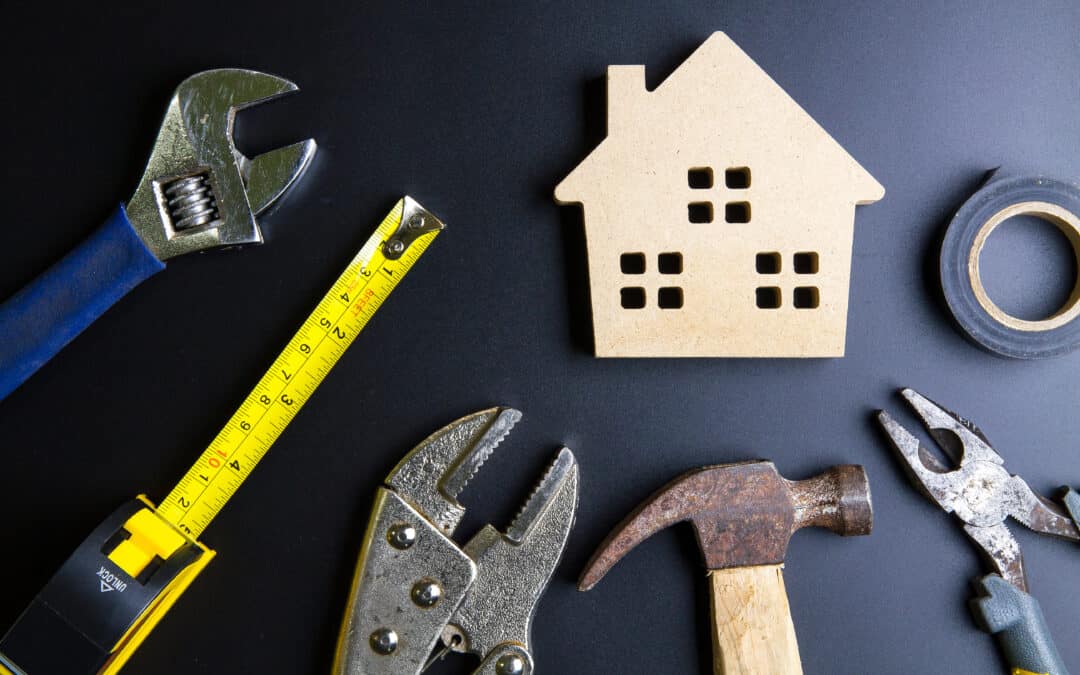Right At Home – A Home Improvement Blog by Mosby
Click on a title to read the full-story.
Advantages of a Whole Home Makeover
When it comes to transforming your living space, undertaking a whole home makeover can often be a smarter choice than updating one room at a time. Taking on the entire home at once allows you to see the big picture and ensures that every detail comes together in a...
Should I Remove A Kitchen Wall to Open Things Up?
Have you ever found yourself feeling a bit cramped in your kitchen, wishing for more space to cook, connect, and entertain? Perhaps the solution is to remove your kitchen wall. Many Missouri homeowners are reimagining their spaces with open-concept designs that blend...
DIY Fails and the Importance of Professional Home Improvement
ESPN 101 radio host Anthony Stalte never expected to find a literal waterfall in his basement after a heavy rain, but that’s exactly what happened. Like so many of us, Anthony rolled up his sleeves in an attempt to fix the problem himself. After all, who doesn’t want...
How to Live Comfortably During Your Home Remodeling Project
While starting a home remodeling project is exciting, living through it comfortably can be challenging. Upgrading your home is more than just an investment of money. It’s also an investment of time and patience. Learning how to navigate your home during a construction...
Understanding Your Project Timeline: Key Factors and Expectations
Home renovation projects are an exciting way to transform your living space, with many homeowners eager to get started. However, many are left asking this question at the beginning of the process, “How long will it take to get started?” In St. Louis, timelines depend...
Don’t Let Remodeling Change Orders Disrupt Your Budget or Timeline
Change orders are almost an inevitable part of the home remodeling process. Things come up all the time, affecting over 70% of projects nationwide. Remodeling change orders occur when the original scope of work or budget needs to be modified. They are often due to...
Designing the Ultimate Kids’ Basement: Ideas for Fun, Function, and Family Time
When you think about remodeling your basement, the first ideas that usually come to mind are extra storage, an entertainment lounge, or maybe a sleek home office. But for families with young children, or even teens, what if your basement could become the most playful,...
Wall Removals for Kitchen Expansion: What to Do With Extra Space!
Feeling a little cramped in your kitchen? Don’t let something like a wall get in the way of the spacious kitchen you desire. After all, we removed a wall in St. Louis Hills for a family who was looking to expand their kitchen, and the results were absolutely stunning!...
Why Does My St. Louis Remodeling Project Need A Permit?
With all the excitement of a new home renovation project, it’s common to overlook a crucial factor that can significantly impact both project timeline and budget: permits. Many enthusiastic DIYers and even some contractors may be unaware of the many complex...
Top 5 Kitchen Remodeling Nightmares: Scenarios That Disrupt Your Project
Making the decision to remodel your kitchen is an exciting one, and many homeowners are eager to jump right in! However, even well-planned projects can encounter unexpected hurdles. Ensure your kitchen remodel remains a source of joy rather than stress by entering...
What is the Timeline of a Home Renovation Project?
Dreaming of a renovated home is exhilarating, but the renovation process itself can seem overwhelming…especially when it comes to determining the timeline. Many homeowners ask, "How long will it take to finish a home renovation?" That’s a good (and valid)...

Spring Into Action: Time for Seasonal Home Maintenance
As the weather warms and the days get longer, it’s time to give your home the attention it needs to ensure everything is running smoothly. Spring is the perfect time to take care of maintenance tasks that will help keep things in tip-top shape and prevent bigger, more...



